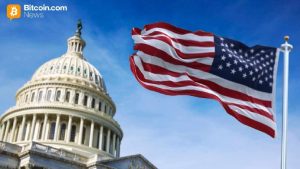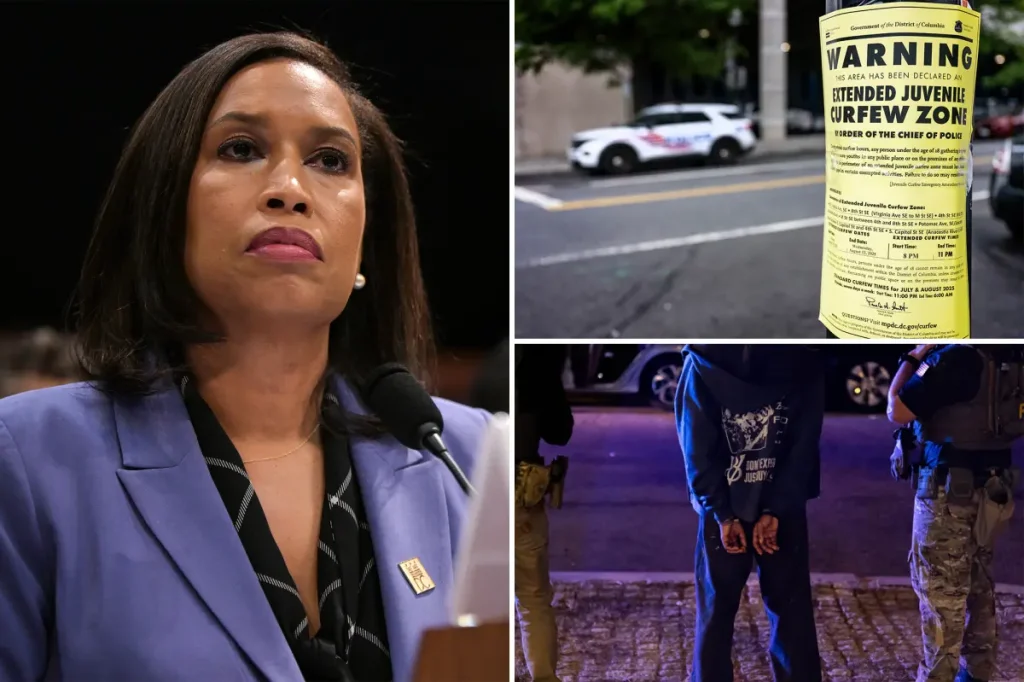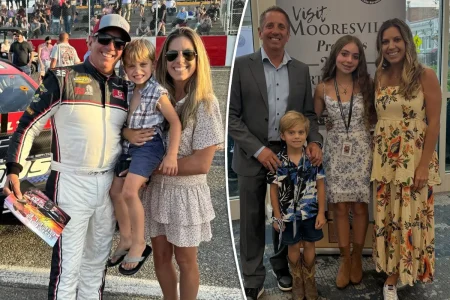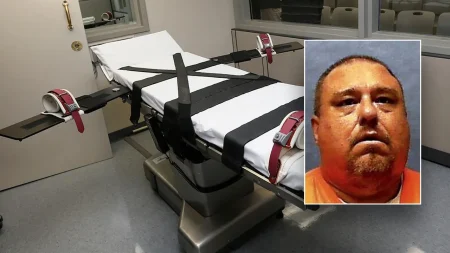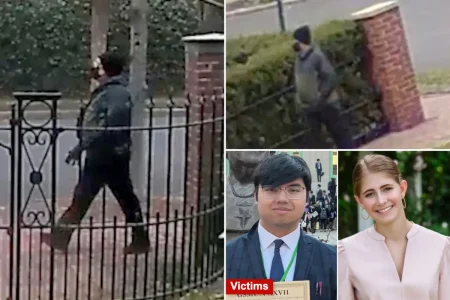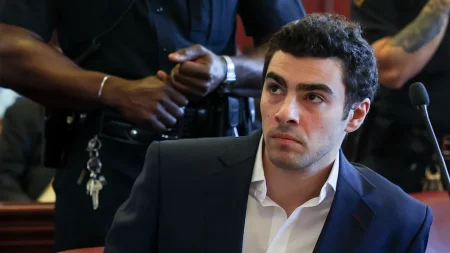DC Mayor Implements Youth Curfew Amid Rising Tensions
In a significant response to escalating unrest in Washington, DC, Mayor Muriel Bowser has instituted a citywide curfew for residents under 18 years old. This measure, which took effect Saturday night and continues through November 5, represents the latest attempt to address the wave of youth-related disturbances that have plagued the nation’s capital in recent weeks. The curfew follows months after President Trump deployed National Guard troops to combat what he characterized as a “crime crisis” in the city. Under Mayor Bowser’s executive order, law enforcement now has the authority to establish “special zones” in high-risk areas where curfews can be enforced as early as 6 p.m., though the general citywide curfew runs from 11 p.m. to 6 a.m. Young people found violating these restrictions face potential fines of up to $300 or jail time not exceeding 10 days—stern consequences that reflect the administration’s determination to restore order.
The initial implementation includes four designated special zones: Banneker Recreation Center, Union Station, Navy Yard, and the U Street Corridor—all areas that have experienced significant youth-related disturbances. These locations have become flashpoints where large groups of teenagers have gathered, sometimes resulting in confrontations with law enforcement and disruptions to public order. The mayor’s order goes beyond simply setting time restrictions; it empowers police to establish temporary curfew zones wherever they observe congregations of eight or more minors that could potentially threaten public safety. This flexible approach allows authorities to respond dynamically to emerging situations rather than relying solely on fixed boundaries, demonstrating an adaptive strategy to address unpredictable patterns of youth gatherings throughout the city.
The immediate catalyst for this stringent measure was a chaotic Halloween night incident at Navy Yard, where a large group of teenagers clashed violently. The confrontation resulted in multiple arrests, including one 18-year-old and four minors who now face charges ranging from public marijuana use to affray and failure to obey law enforcement commands. One police officer required medical treatment for injuries sustained while attempting to control the situation. Social media platforms quickly filled with videos and images documenting the scale of the disturbance, providing public evidence of the deteriorating conditions that prompted official intervention. These digital records showed frightening scenes of disorder that undoubtedly influenced both public perception and the administrative response to youth-related unrest in the capital.
Particularly disturbing footage circulated on X (formerly Twitter) appeared to show National Guard members in brown fatigues rushing through crowds of young people in a park setting on Friday night. The visual of military personnel intervening in what began as civilian youth gatherings underscores the serious escalation in response tactics. Police vehicles formed barricades across M Street SE, with sections completely closed to traffic due to the heavy law enforcement presence. This militarized response represents a dramatic shift in how authorities are handling youth gatherings, suggesting conventional policing methods have proven insufficient to maintain order in these increasingly volatile situations. The imagery of uniformed troops engaging with teenagers on city streets has sparked debate about appropriate measures for addressing youth misconduct versus potential overreaction by authorities.
According to police accounts, the Halloween gathering began peacefully around 7:30 p.m. but quickly deteriorated as “several hundred juveniles” converged on the park. What started as a typical holiday celebration transformed into disorder when some participants began fighting and disrupting traffic, disregarding warnings from law enforcement officers attempting to maintain order. During efforts to restore calm, a DC police sergeant was knocked to the ground, sustaining minor injuries that required treatment. This pattern—where seemingly ordinary youth gatherings unpredictably evolve into chaotic situations—has become increasingly common in Washington, frustrating authorities and residents alike who struggle to distinguish between normal teenage socializing and potentially dangerous congregations.
The implementation of this curfew highlights broader tensions between youth freedom and public safety that many American cities currently face. Critics argue such measures disproportionately impact marginalized communities and criminalize normal teenage behavior, while supporters contend that decisive action is necessary to protect both the general public and the young people themselves from violence. The situation in Washington reflects nationwide challenges in addressing youth unrest without resorting to overly punitive measures. As the curfew takes effect through early November, its success will be measured not merely by immediate reductions in disturbances but by whether it contributes to sustainable improvements in community safety without unduly restricting the liberties of young residents. The nation’s capital now serves as a test case for how cities might balance maintaining order while respecting the rights and developmental needs of their youngest citizens during periods of social tension.


